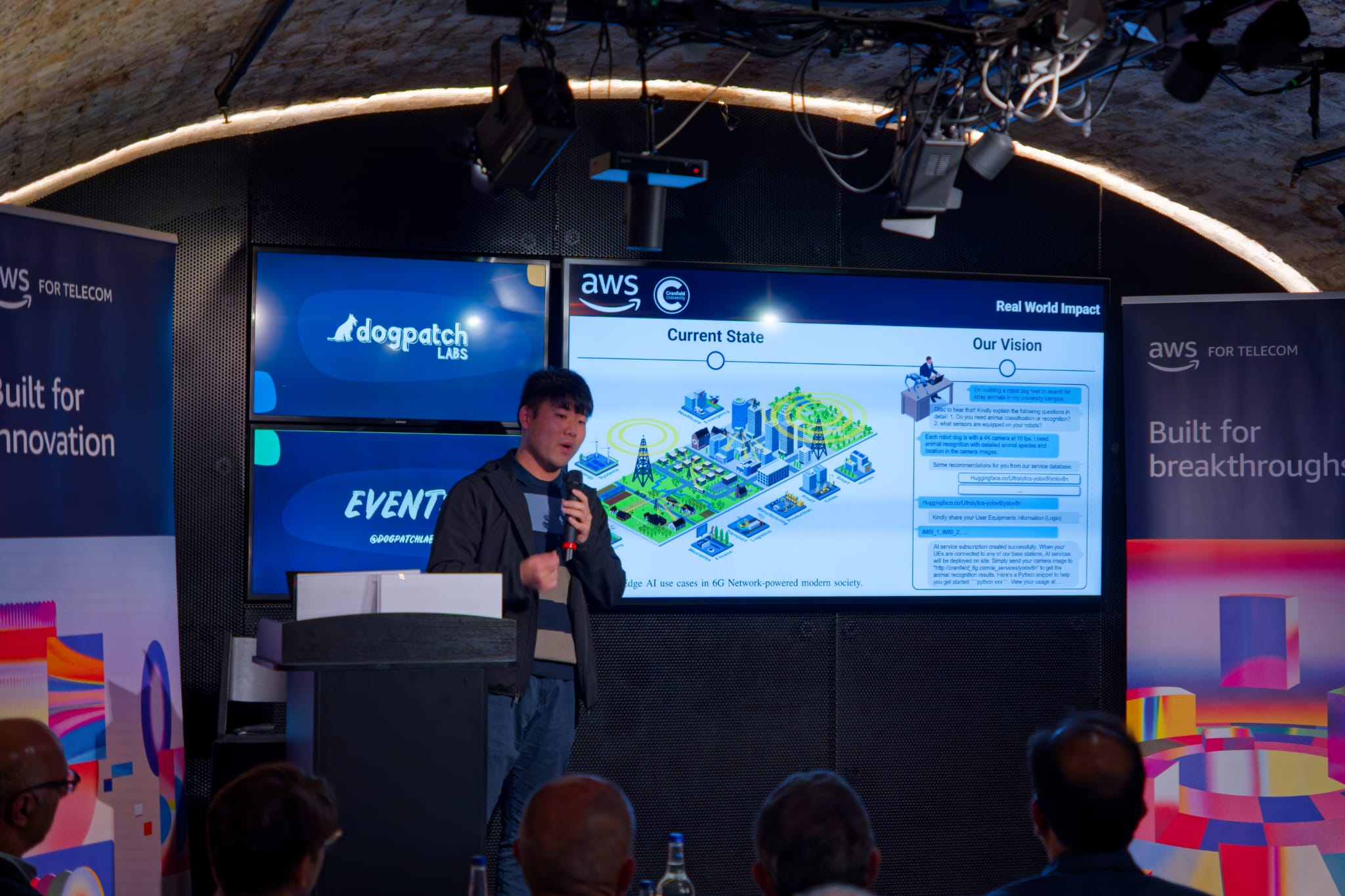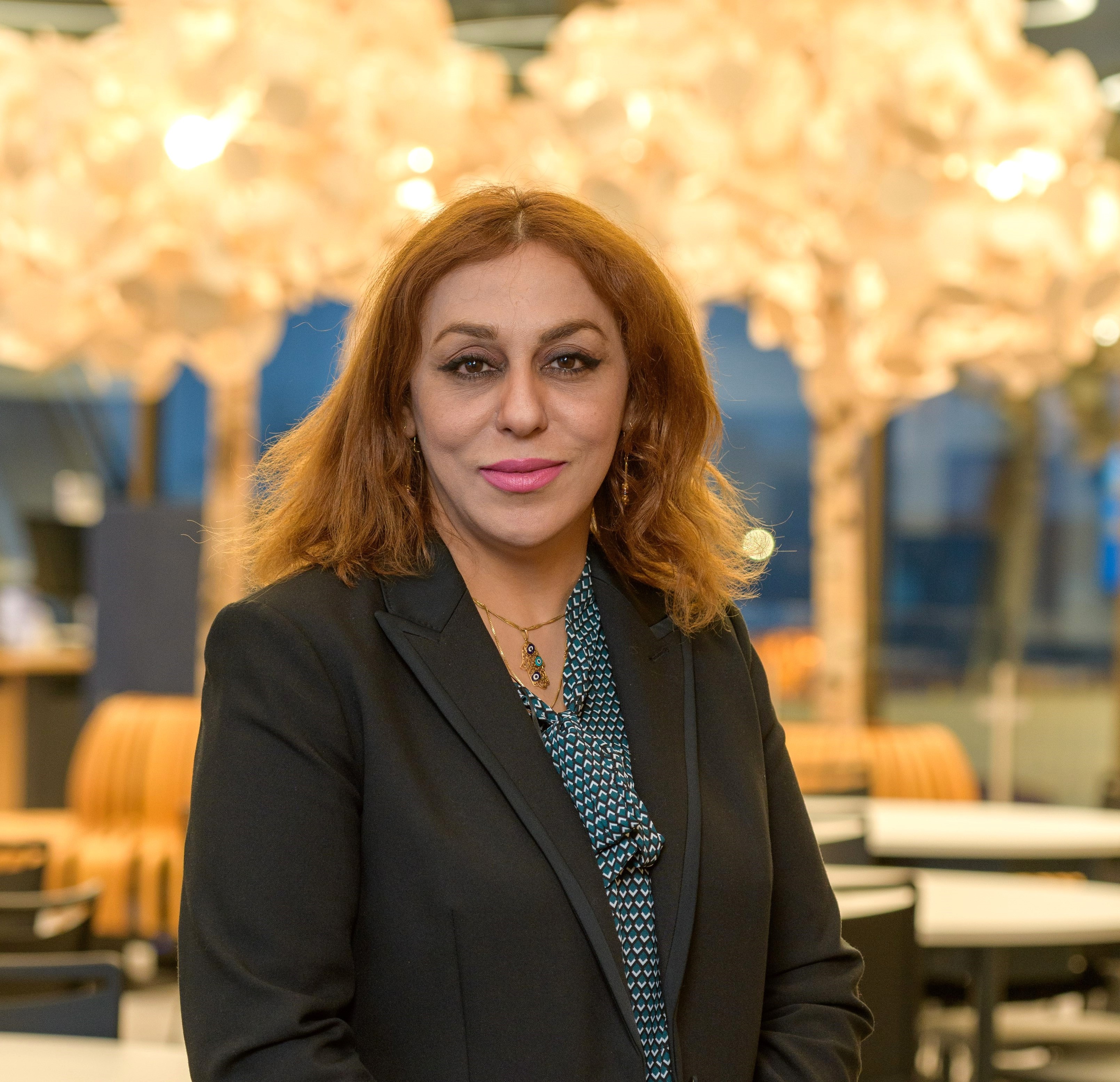Voices from the Lab: Up next: Fatemeh Nikbakhtnasrabadi
26 Jun, 2025
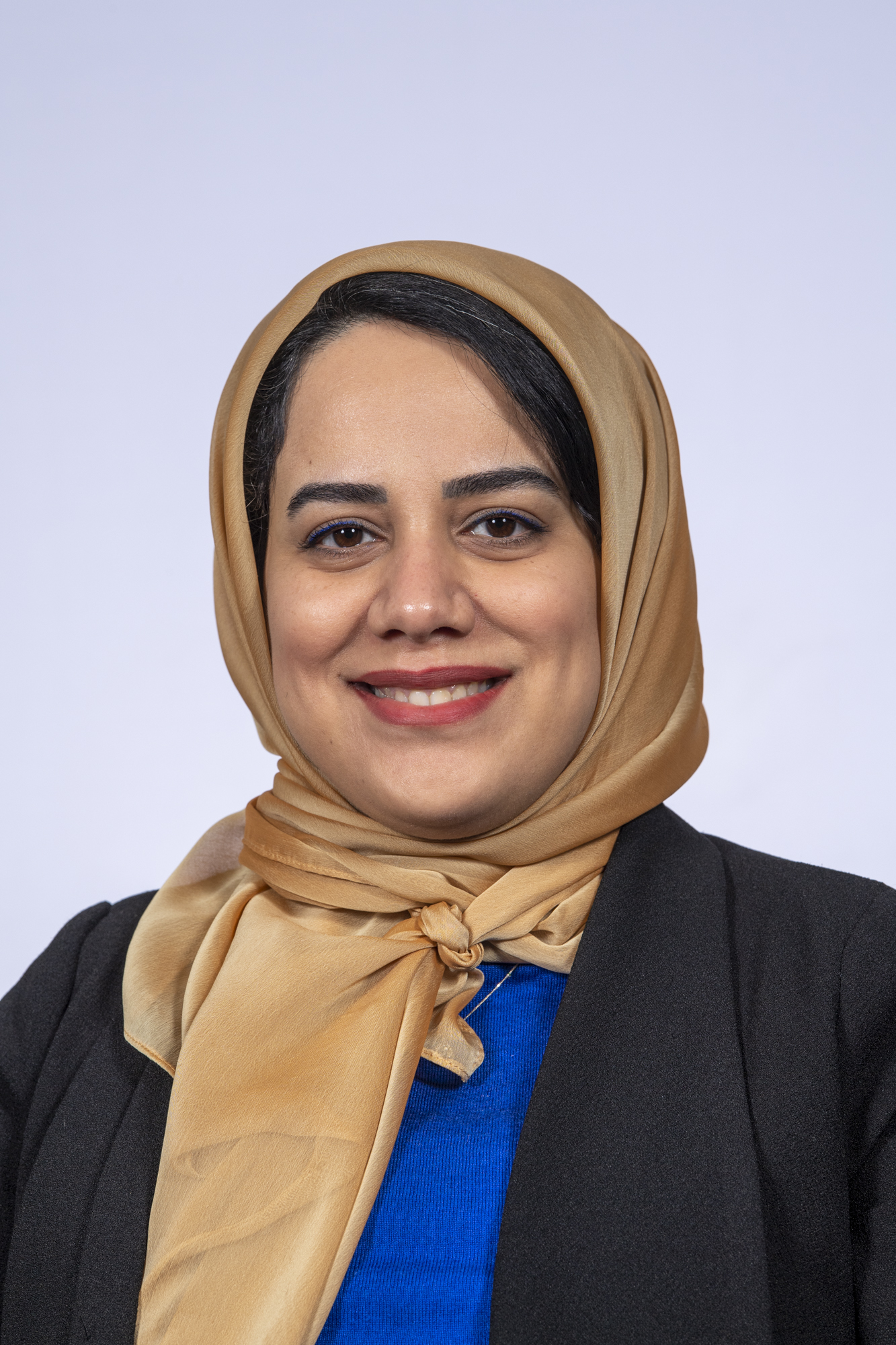
Voices from the Lab is CHEDDAR’s new series spotlighting CHEDDAR’s researchers driving innovation at the heart of next-generation communications. Through short interviews and personal insights, we’ll hear directly from our team who will be sharing their motivations, challenges, and what excites them most about the work ahead.
Fatemeh Nikbakhtnasrabadi is a Research Associate at the University of Glasgow. Her research focuses on RFID technology, particularly using passive RFID tags as zero-power sensors for wireless sensing and communication. She has worked on both chip-based and chipless RFID designs, including printed RFID for wearable applications, as well as low-power RF integrated circuits. Fatemeh has published several papers in Q1 journals and aims to develop practical and energy-efficient solutions that combine sensing and communication in real-world systems.
What specific challenge is your research trying to solve, and why does it matter now?
One of the big challenges in ISAC right now, which I’ve seen in recent research, is how to send sensing and communication signals at the same time without them messing each other up. It’s especially hard for passive RFID tags because they don’t have their own power or complex processing to separate those signals well.
My research is trying to figure out how to use these simple, battery-free RFID tags better within ISAC systems so they can handle both sensing and communication more smoothly. This is important because with more smart devices and sensors everywhere, we need solutions that are low-cost, low-power, and can do multiple jobs at once without losing accuracy.
How does your project contribute to the overall goals of CHEDDAR (or your hub)?
My project explores how passive RFID tags can act like tiny, battery-free sensors within Integrated Sensing and Communication (ISAC) systems. CHEDDAR aims to develop smarter, more efficient wireless technologies, and passive RFID fits perfectly into this because these tags can sense and communicate data without needing power sources like batteries.
By investigating how to use these passive tags as part of sensor networks, my work helps create low-cost, sustainable, and scalable systems that can improve wireless communication and sensing at the same time. This contributes directly to CHEDDAR’s goal of building integrated systems that are energy-efficient and adaptable for real-world applications like environmental monitoring, smart packaging, or infrastructure management.
Can you walk us through a recent breakthrough or discovery and what it means for your field?
I wouldn’t say it’s a breakthrough from my own work, but there’s some interesting recent research looking at how UHF RFID tags can be used to control reconfigurable intelligent surfaces (RIS). RIS are surfaces that can steer wireless signals in smart ways. This kind of research fits right into the bigger picture of Integrated Sensing and Communication (ISAC), because it shows how simple, battery-free RFID tags could help make wireless networks efficient. What I like about this is how it shows RFID going beyond just identification. Instead, it’s becoming part of a system that can actively manage and improve how wireless signals behave.
What’s something the public might misunderstand about your area of research?
Many people think RFID technology is only used for simple tasks like scanning groceries. But these tiny tags can do much more. My research looks at how RFID can be used for sensing, like detecting changes in temperature or moisture and even for locating objects. This means they could be used in everyday items, like food packaging, to tell us if something has been stored properly, or in buildings to monitor conditions without needing expensive sensors or regular maintenance.
How do you measure impact or success in your work?
I see success when my research can help solve real problems in everyday life. For example, if a small wireless sensor can help keep food safe or reduce waste, that’s a big win. If what I do can make a difference and be used in the real world, that means a lot to me. I want my work to lead to simple, affordable technologies that people and industries can use, whether it’s in food packaging, healthcare, or smart infrastructure.

